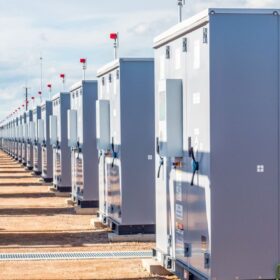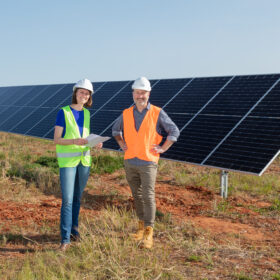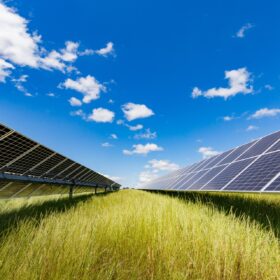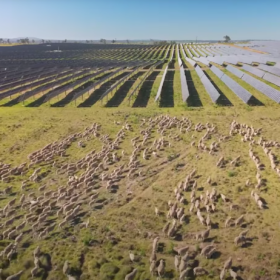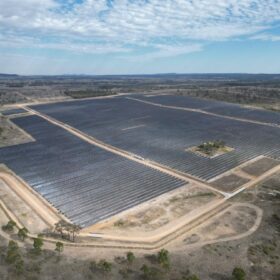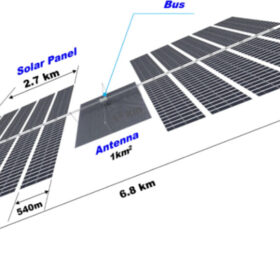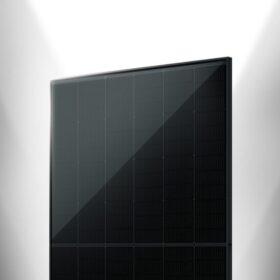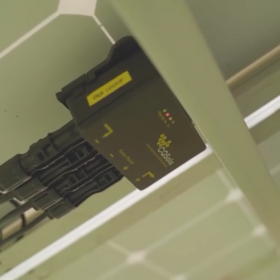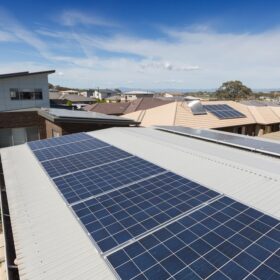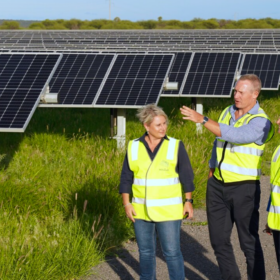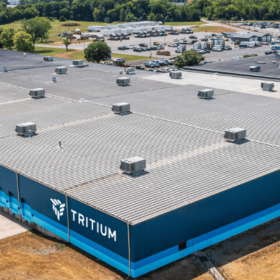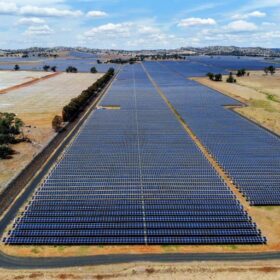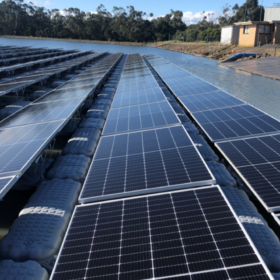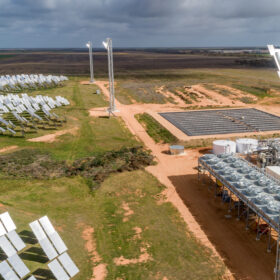Weekend read: It’s time to form, not follow
As rising renewables penetration and electrification place ever more strain on the world’s grids, the use of grid-forming inverters, rather than grid-following models, will play a vital role in network stability.
A rose by any other name: Haystacks Solar Garden in full bloom
Australia’s first large-scale solar garden will be officially launched in the New South Wales Riverina town of Grong Grong with hundreds of ‘gardeners’ on hand to celebrate the milestone that has allowed people previously locked out of rooftop PV to access the benefits of solar.
JV partners push ahead with large-scale solar plans in NZ
The rollout of large-scale solar in New Zealand continues to gather pace with renewables developer FRV Australia and joint venture partner Genesis Energy announcing that construction proper has commenced on a 47 MW solar farm at Lauriston on the country’s South Island.
Grass is greener on Acen’s New England Solar Farm
The first stage of Acen Australia’s planned 720 MW New England Solar Farm is home to more than 6,000 sheep that are grazing beneath the panels in a proof-of-concept agrivoltaics project that has no-one sitting on the fence regarding the results.
Vena hits commercial stage with 125 MW Queensland solar plant
Singapore-based renewables developer Vena Energy has launched commercial operations of a 125 MW solar farm in Queensland’s Western Downs region that is backed by a long-term offtake agreement with global tech giant Amazon.
South Korea plans 120 GW space solar project
Two Korean research institutes are designing a space solar power satellite project with the aim of providing approximately 1 TWh of electricity to the Earth per year. The proposed system would use 4,000 sub-solar arrays measuring 10 metres × 270 metres and comprising thin film roll-out, with a system power efficiency of 13.5%.
Trina Solar claims 740 W output for TOPCon PV module
The Chinese manufacturer said Germany’s TÜV SUD has confirmed the results.
ANU partners with Aussie startup CQSola on solar-to-hydrogen research
Australian National University researchers will put their heads together with Queensland tech company CQSola to find ways to accelerate commercialisation of a direct solar-to-hydrogen system as part of a newly funded project.
Community battery rollout reaches national capital
The federal government’s plan to deploy 400 community batteries across the nation to soak up excess solar generated on neighbourhood rooftops has reached the Australian Capital Territory with sites for three new battery energy storage systems unveiled.
Queensland promises new rules for renewables developers
The Queensland government has promised to design a mandatory developer code for new renewable generation projects to put community engagement and social licence front and centre of the project development process.
